Download eBook
Take your research higher with next-generation sequencing
We're ready when you are. Let's get you started!

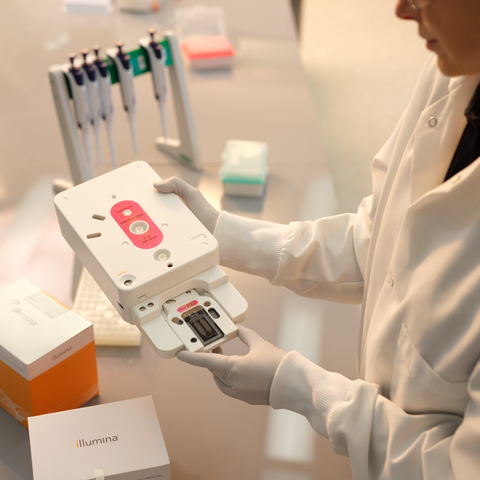
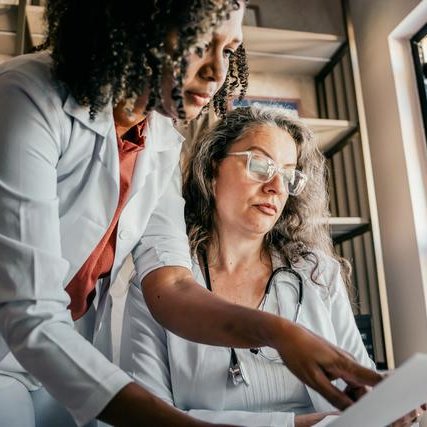

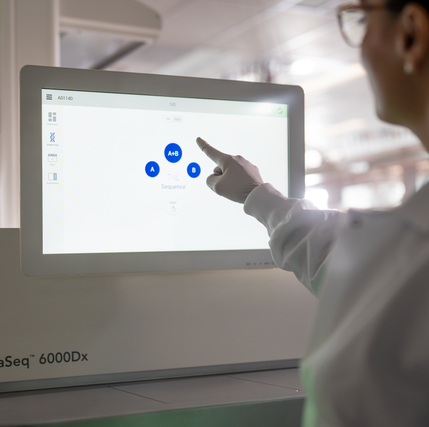
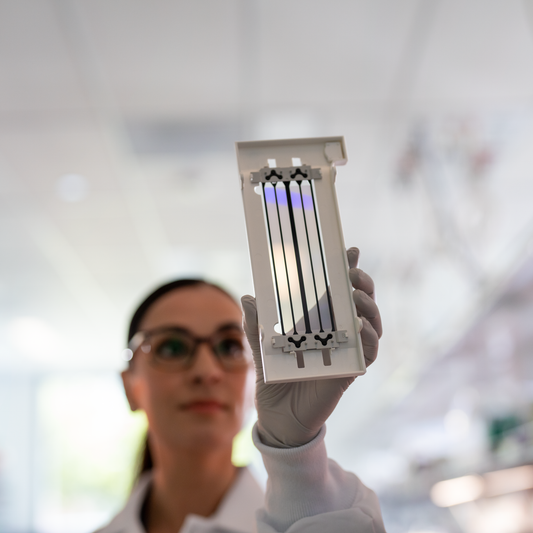
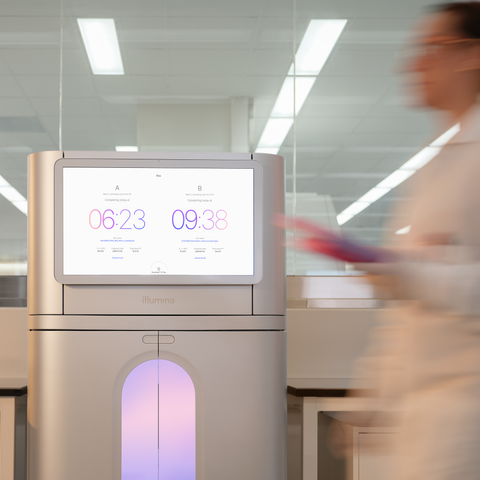
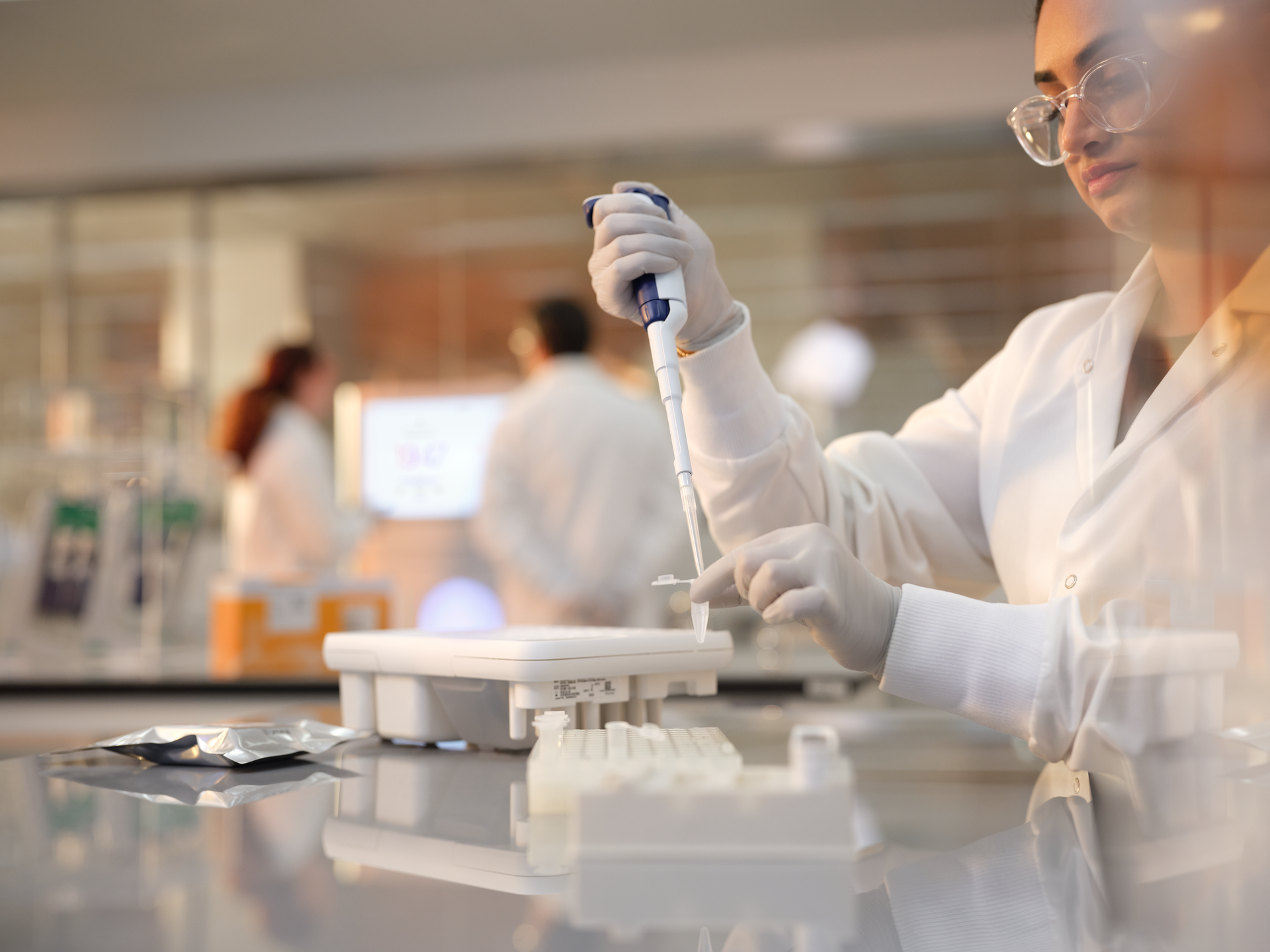
"When you’re studying something that’s completely new or uncharacterized, you need a much bigger picture. In our project, there was a lot of uncertainty about what mechanisms are influencing our pathways. And given how little we knew about the mechanisms, we needed to use a broader approach like NGS to more fully understand the mechanism in its entirety."
Amanda Touey, PhD candidate in Dr. Paula Cohen’s lab at Cornell University
Why is now the best time to consider next-generation sequencing (NGS)?

Game-changing discovery power using NGS
Taking an unbiased approach to scientific research can free your experimental design from the bounds of prior understanding and preconceived expectations, providing untapped insights into biological phenomena, pathways, and systems.
NGS is more accessible than ever
Over the last twenty years, the cost of NGS has rapidly decreased and workflows have become well-defined, leading to an increase in approachability.6,7,8 Data analysis of large NGS datasets has also become increasingly accessible and user-friendly, allowing for automated data interpretation even without prior knowledge of bioinformatics.3,4
Applications of NGS
NGS enables the unbiased investigation of multiple biological “-omes”, such as the proteome, transcriptome, epigenome, and genome. A combinatorial approach interrogating multiple -omes at once, called multiomics, can also be achieved with NGS.10-14
How can NGS revolutionize your research?
For variant screening studies with a high number of samples, NGS is the most efficient and cost-effective approach for the sequencing of tens to thousands of genes compared to conventional methods.
1
Benefits of NGS over traditional molecular methods
Benefits of NGS over traditional molecular methods
When analyzing transcripts within a sample, researchers can choose between reading or counting applications.25 “Reading” means sequencing transcripts of interest and aligning them to a reference database (“read mapping”) to determine the nucleic acid sequence of transcripts within a sample.26 Sanger sequencing was an early methodology used to read transcripts of interest.27
On the other hand, “counting” refers to the relative quantification of transcripts of interest within a sample, which provides insights into transcript abundances and gene expression changes under differential experimental conditions.25,28 Traditionally, qPCR has been the go-to methodology used to count transcripts of interest.10 Like these qPCR experiments, some NGS methods (such as 3' RNA-Seq) do not provide the full sequence information for a set of expressed genes, but rather, provide just enough information to determine whether their expression levels have changed.28
Illumina transcriptomics methods offer reading, counting, and combinatorial reading and counting applications, depending on the NGS method used.10,28 NGS–based reading methods, which sequence full RNA transcripts, allow researchers to identify rare RNA isoforms, splicing variants, and single-nucleotide variants (SNVs).10 On the other hand, NGS–based counting methods, which sequence only a part of RNA (or a barcode readout for another analyte), allow researchers to quantify gene expression at a low cost.10,29 Finally, NGS methods that combine both reading and counting allow researchers to gain a full view of both sequence identity and abundance of transcripts in a single, high-throughput assay.10
NGS excels beyond familiar workflows
In contrast to qPCR and Sanger sequencing, NGS sequencing can identify variants across thousands of target regions (down to single-base resolution) in a single experiment.10,16,30
When compared to Sanger sequencing, certain NGS methods can:10,30
- Screen more samples cost-effectively
- Detect multiple variants across regions of the transcriptome
- Increase sequencing depth, mutation resolution, and discovery power
When compared to qPCR, certain NGS methods can:10,16
- Detect both known and novel transcripts
- Quantify individual sequence reads to produce absolute, not just relative, expression values
- Detect subtle changes in gene expression, down to 10%
- Identify novel transcripts, alternatively spliced isoforms, splice sites, and small and noncoding RNA species

NGS accelerates transcriptomics research
Transcriptomics, the characterization of the complete set or a designated subset of RNA transcripts produced by the genome, is an accessible entry point for using NGS, given its versatility across use cases and wellestablished workflows.10,15 NGS-based RNA-Seq enables researchers to generate large-scale, high-throughput datasets that provide insights into gene expression and regulation across diverse samples.10
NGS at a glance
The overall workflow for an NGS experiment starts with the isolation of genetic material. Once you have your sample, you don’t need to be an expert in NGS to get started: send your samples out to a local service provider, such as an academic or commercial core lab. Many service providers provide end-toend support, and collaborating early in the experimental design process is the best way to get expert assistance at each step of your NGS workflow, from sample preparation to data analysis
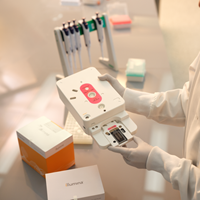
RNA isolation
Purification of total RNA or specific RNA species from samples via tissue homogenization, cell lysis, and debris clean-up.
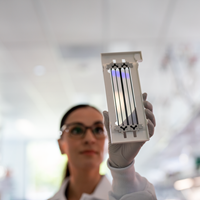
Fragmentation and adapter ligation
Fragmentation of your sample and addition of adapters that both identify your sample and make your sample compatible with Illumina sequencing systems.
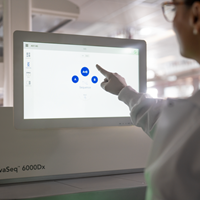
Sequencing by synthesis
Illumina sequencing technology employs fluorophore-conjugated nucleotides to enable easy identification of each base as it is incorporated during DNA synthesis.

Bioinformatics and interpretation
Integrated data analysis of sequencing information, provides you with tangible results that are relevant to your research questions.
What can you do with your NGS data?
Once your NGS samples are sequenced, core lab technicians can help you with every step of your data analysis and interpretation. Data is also shared and can be viewed on the Illumina BaseSpace Sequence Hub, which enables easy access to and management of your NGS data. In addition, the BaseSpace Sequence Hub offers a variety of app-based programs with accessible user interfaces to simplify bioinformatics, allowing for automated visualization and interpretation of your sequencing data.
The NGS workflow for other applications:
Access our Genomics, Epigenomics,
Transcriptomics, and Multiomics ebooks.
User-friendly data analysis apps
RNA-Seq Alignment

Illumina, Inc.
The RNA-Seq alignment app aligns raw RNA-Seq reads to reference genomes,
quantifies gene expression, and calls small variants and gene fusions.
Cancer Variant Caller

Samsung SDS
The Cancer Variant Caller app detects SNVs and INDELs given a BAM file with high
sensitivity.
DRAGEN RNA Pathogen Detection

Illumina Inc.
DRAGEN RNA Pathogen Detection uses a combined human + virus reference to analyze
pathogen data and create consensus FASTAs.
DRAGEN Differential Expression

BaseSpace Labs
The DRAGEN Differential Expression Application performs secondary analysis
of RNA transcripts.
How to get started with NGS
A step-by-step guide
With its growing accessibility and profound research applications, there’s no better time than now to start using NGS. Illumina is committed to supporting your NGS journey from start to finish.
1
Need help identifying a local NGS service provider?
2
Need help with your experimental design?
3
Do you need more information on NGS?
Once submitted, an Illumina representative will contact you to direct you to service providers in your area
How to get started with NGS
A step-by-step guide
With its growing accessibility and profound research applications, there’s no better time than now to start using NGS. Illumina is committed to supporting your NGS journey from start to finish.
1
Need help identifying a local NGS service provider?
2
Need help with your experimental design?
3
Do you need more information on NGS?
Access our beginnes guide to NGS.
How to get started with NGS
A step-by-step guide
With its growing accessibility and profound research applications, there’s no better time than now to start using NGS. Illumina is committed to supporting your NGS journey from start to finish.
1
Need help identifying a local NGS service provider?
2
Need help with your experimental design?
3
Do you need more information on NGS?
Access our wide range of online courses and webinars
Explore all of our New to NGS resources here

